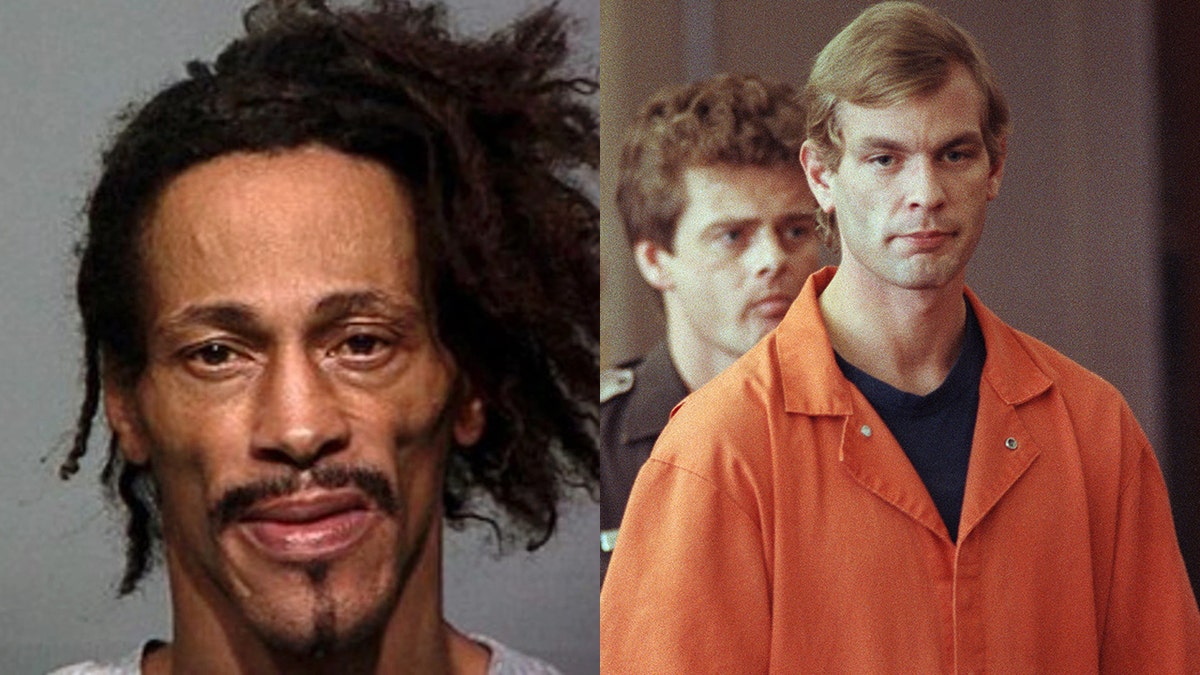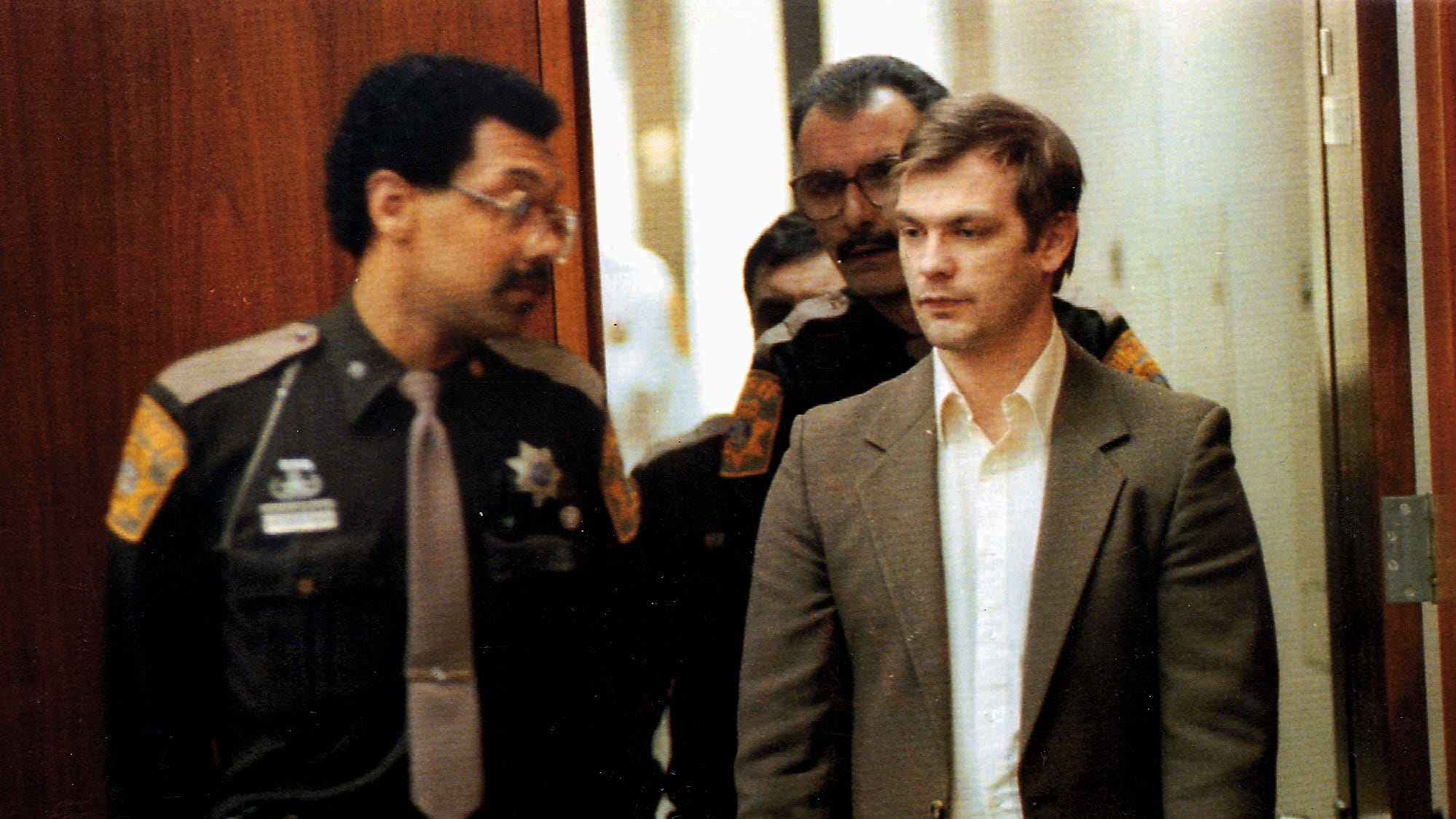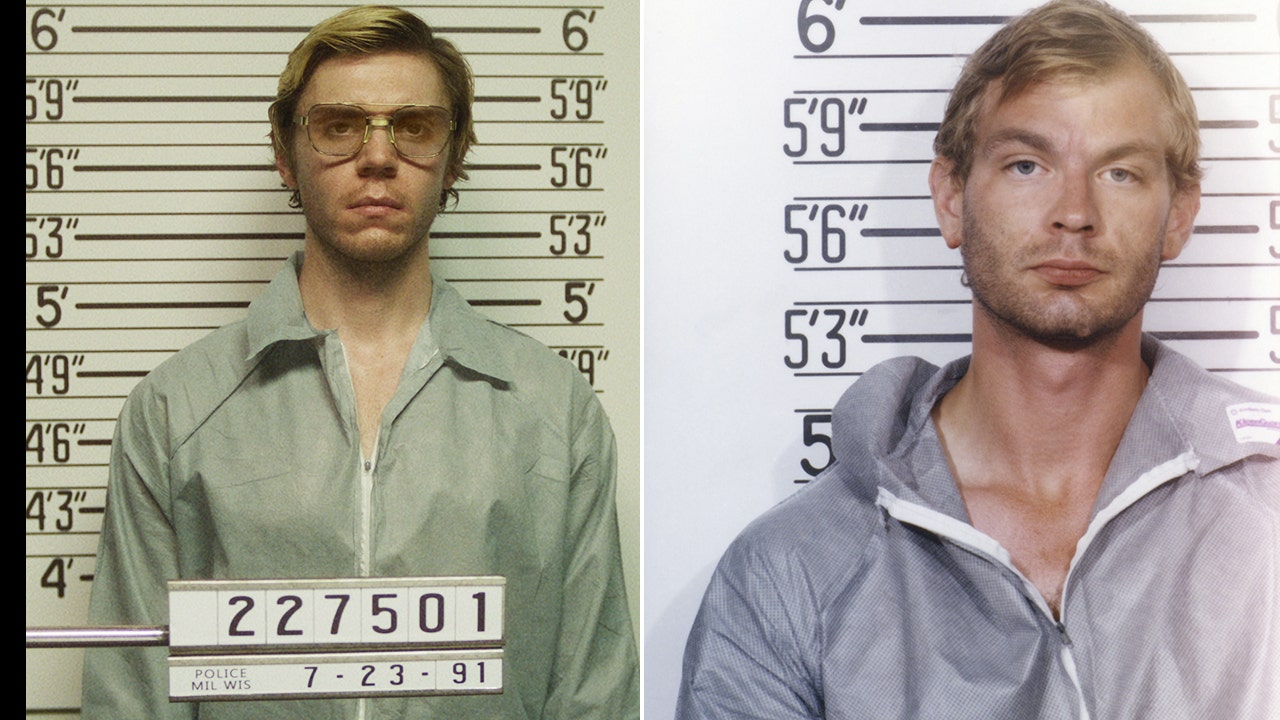Could a collection of photographs, seemingly innocuous, truly encapsulate the depths of human depravity? In the case of Jeffrey Dahmer, the answer is a chilling, resounding yes.
The name Jeffrey Dahmer is synonymous with unimaginable horror. His crimes, a grotesque tableau of murder, sexual assault, dismemberment, and cannibalism, sent shockwaves across the United States and beyond. While the details of his actions are widely known, it was the evidence found within his apartment in Milwaukee, Wisconsin, that provided the most concrete, and arguably most disturbing, insight into his twisted psyche. These were not merely crime scene photographs; they were a meticulously curated collection of Polaroid images, a personal archive of Dahmer's gruesome exploits.
| Category | Details |
|---|---|
| Full Name | Jeffrey Lionel Dahmer |
| Date of Birth | May 21, 1960 |
| Place of Birth | Milwaukee, Wisconsin, USA |
| Date of Death | November 28, 1994 |
| Cause of Death | Bludgeoning by inmate |
| Victims | 17 |
| Victim Demographics | Primarily young men, many of whom were gay or of color. |
| Crimes | Murder, sexual assault, dismemberment, necrophilia, cannibalism |
| Years Active | 1978-1991 |
| Arrest Date | July 22, 1991 |
| Conviction Date | February 15, 1992 |
| Sentence | Multiple life sentences |
| Prison | Columbia Correctional Institution |
| Notable Details | Photographic evidence of his crimes, apartment 213 at 924 North 25th Street in Milwaukee. |
| Influences and Motivations | Sexual perversion, control, loneliness, dark fantasies. |
| Psychological Profile | Diagnosed with borderline personality disorder, schizotypal personality disorder, and a psychotic disorder. |
| Cultural Impact | Subject of numerous books, films, and documentaries; a symbol of the darkest aspects of human nature. |
| Reference | Biography.com - Jeffrey Dahmer |
The story of Dahmer's crimes unfolded in Apartment 213, located at 924 North 25th Street in Milwaukee. This nondescript dwelling became the stage for unspeakable acts. The crime scene photos, the visual documentation of the horrors that transpired within those walls, offer a stark contrast to the mundane details of everyday life, serving as a constant reminder of the darkness that can lurk beneath the surface.
- Doreen Lioy Night Stalker Ramirez The Shocking Story You Need To Know
- Jasmine Byrne Bio Career More All You Need To Know
The use of Polaroid photography in this context is particularly unsettling. These were not the detached images of a forensic investigator, but personal snapshots, taken by Dahmer himself. They depict the aftermath of his crimes, offering a glimpse into his mindset and the meticulous planning that went into each act. The declassified FBI file reveals a collection of these disturbing images and a chilling list of items taken from the apartment, including tools used to dismember his victims. The images themselves were sent to the FBI for investigation and as evidence to convict him.
A 1992 photograph, taken by authorities, simulates the lighting conditions of the night when the police finally confronted Dahmer. Members of the police and fire commission were brought to the scene. This photo serves as a haunting echo of the initial investigation, capturing the eerie atmosphere that permeated the building and, by extension, the entire city.
The series of events that led to Dahmer's arrest began on July 22, 1991, when Tracy Edwards, his final victim, managed to escape. Edwards flagged down police, with a pair of handcuffs dangling from his wrist. This harrowing escape ultimately led law enforcement to Apartment 213, where the full scope of Dahmer's depravity was revealed.
- Elaine Andriejanssen Facts About Eduardo Saverins Wife Life
- Desmond Harrington From Dexter To Transformation Facts News
The trial of Jeffrey Dahmer was a media circus, with the public and the press eager to understand the mind of a monster. Spectators were separated from the courtroom by a glass wall during the sanity trial. Lionel and Shari Dahmer, Jeffrey's father and stepmother, were present throughout the proceedings, witnessing the unraveling of their son's horrific crimes. The courtroom, presided over by Judge Laurence C. Gram Jr., became a focal point of the nation's attention as the details of Dahmer's actions were laid bare.
The discovery of the Polaroid photographs, along with the crime scene photos, served as the most damning evidence against Dahmer. They were a testament to his crimes, the result of Dahmer's actions within apartment 213. They were a tangible record of the atrocities he committed and provided irrefutable proof of his guilt. These images showed the victims, including the bodies and the process of dismemberment after death.
Dahmer's story has become a subject of Hollywood movies and television shows, and more than a few actors have played the role of the serial killer. The popularity and fascination with the story of Jeffrey Dahmer has not diminished over time. Dahmer was a notorious figure, an American serial killer and sex offender who had committed the rape, murder, and dismemberment of 17 men and boys between 1978 and 1991.
The gruesome murders involved rape, necrophilia, and cannibalism. The nature of the crimes themselves is enough to disturb, but the evidence Dahmer left behind, and the photographs taken, show the dark and disturbing side of Dahmer's character. This is one of the reasons why the collection of evidence taken from the apartment has been considered among the most damning and disturbing to have ever been collected in the case of a serial killer.
The apartment itself became a central point of interest. The tools found there saws, power tools the very instruments of Dahmers crimes, were displayed in the media. The apartment's environment did nothing to give any indication of the horrible things that occurred within. The apartment lacked any distinguishing seedy or squalid qualities, hiding the sinister secrets that it contained.
On November 28, 1994, Dahmer's life came to a violent end. He was murdered by Christopher Scarver, another inmate, at the Columbia Correctional Institution. Scarver crushed his skull with a metal bar and smashed his head against a wall.
According to Jeffrey M. Jentzen, a pathology expert at the University of Michigan, the photographs weren't entirely random, even though they were taken throughout Dahmer's process of drugging and killing his victims. The polaroids show all stages of his actions. Even though Dahmer's crimes were horrific, the polaroids provided evidence in the case.
While the acts Dahmer committed were "atrocious beyond belief," it was his actions that provide insight into the mind of a killer. The images, combined with the tools and the scene in apartment 213, offer a glimpse into the depths of evil. These were not the actions of a man who was sick or mentally ill, but the methodical steps of a cold and calculating killer.
The legacy of Jeffrey Dahmer serves as a reminder of the darkness that can exist within the human soul. The photographs from his apartment, the crime scene photos, the grisly details of his actions, will continue to be a focus of discussion. Dahmer will forever be remembered as one of the most notorious figures in criminal history.
- Remembering Anthony Radziwill A Life Of Privilege Tragedy
- Jaden Smith Diddy Controversy New Allegations Revelations Details


